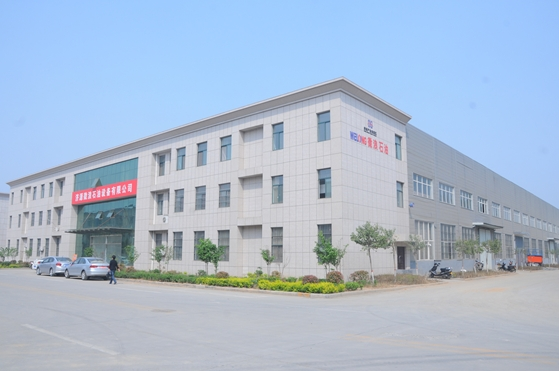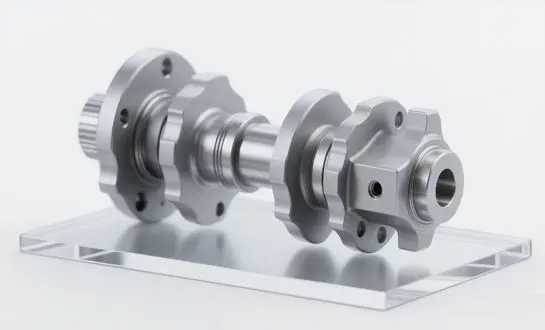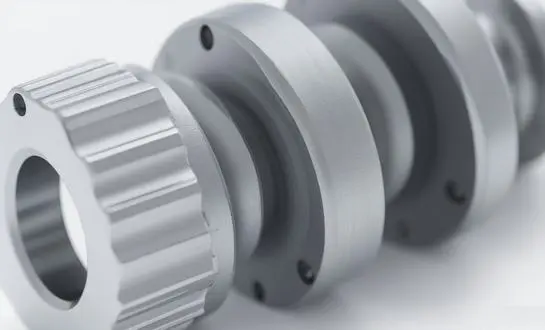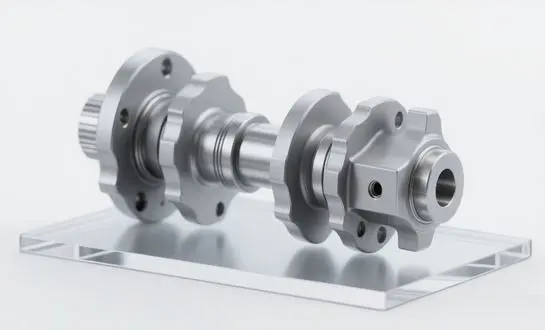How Bucking Units Prevent Workplace Accidents?
Bucking Units drastically cut down on worker accidents in the oil and gas industry. There is less need for humans to physically handle heavy equipment and fewer accidents involving strain, falls, or crushing since these devices automate the process of forming and breaking connections.
Reducing Manual Handling Risks
By automating the joining operation, Bucking Units eliminate the need for people to physically handle components such as huge drill pipes. Reducing the need for physical handling also lessens the chances of musculoskeletal injuries and accidents caused by dropped or mistreated equipment.
Ensuring Consistent Torque Application
Bucking Units can precisely and consistently apply torque to connections, which is a critical safety characteristic. This checks that every joint is tightened according to the instructions, which prevents leaks from happening because threads aren't damaged or stress fractures from occurring because the joints are over-tightened.
Key Features of Effective Bucking Systems
To maximize safety and efficiency, modern Bucking Units incorporate several key features that set them apart from older, manual methods of making connections.
Precision Control and Monitoring
Advanced Bucking Units feature sophisticated control systems that allow for precise adjustment of torque, rotation speed, and alignment. These systems often include real-time monitoring capabilities, enabling operators to track and record critical data during the connection process.
Automated Safety Mechanisms
Many Bucking Units are equipped with automated safety mechanisms that can detect potential issues such as misalignment or excessive torque. These systems can automatically stop operations if they detect conditions that could lead to equipment damage or safety hazards.
Versatility and Adaptability
Contemporary Bucking Units are adaptable instruments for a variety of well maintenance and drilling tasks due to their ability to manage pipes of varying sizes and kinds. Because of its flexibility, the right tools are never out of reach, eliminating the need for risky human involvement.
Implementing Bucking Units: A Step-by-Step Guide
In order to get the most out of the safety advantages of integrating Bucking Units into current operations, meticulous preparation and execution are required. Here is a detailed tutorial on how to set up these essential machines:
Assessment and Planning
The first step in implementing Bucking Units is to take stock of your present operations and pinpoint any inefficiencies or dangers that need fixing. Think about things like the variety of pipe diameters you normally deal with, the kinds of connections you usually make, and your individual safety needs.
Selection and Procurement
Choose a Bucking Units manufacturer with a proven track record of producing reliable and safe equipment. Consider factors such as the unit's torque capacity, control systems, and safety features. Ensure that the selected unit meets or exceeds industry standards and regulations.
Installation and Integration
To ensure a thorough installation and seamless integration of the Bucking Unit into your current operations, collaborate with the manufacturer or a trained installation team. To make room for the additional gear, you may need to adjust your rig's design or alter your workflow procedures.
Training and Familiarization
Every employee or contractor who will be handling the Bucking Unit must undergo thorough training. Instructions on how to use it correctly, how to avoid harm, and what to do when it breaks down should all be part of this. To maintain competency, it is also recommended to plan regular refresher training.
Maintenance and Monitoring
Follow the manufacturer-recommended maintenance plan to the letter when it comes to your Bucking Unit. For the equipment to continue operating safely, it is essential to conduct regular inspections and perform preventative maintenance. Also, set up a system to track and analyse performance data so you can find problems before they become dangerous.
Conclusion
The establishment of Bucking Units in the oil and gas division is a noteworthy advancement in the heading of a more secure working environment. Interfacing and disengaging is an fundamental method that these gadgets computerize, which boosts operational productivity, guarantees steady and secure associations, and diminishes the hazard of incidents. With the industry's proceeded accentuation on security, the product's part in guaranteeing a secure work environment will as it were develop in importance.
It is fundamental for oil and gas firms to buy high-quality items from reliable producers if they need to make strides their operational effectiveness and security measures. Businesses may make their working environments much more secure for workers by decreasing the number of mishaps and wounds that happen there by legitimately sending and keeping up these basic pieces of gear.
FAQ
1. What are the main benefits of using Bucking Units in oil and gas operations?
Less human error in handling, more uniform torque application, and built-in safety features are the key advantages. Additionally, Bucking Units improve efficiency and lessen the likelihood of equipment damage from incorrect connections.
2. How often should Bucking Units be maintained?
Visual inspections should be conducted daily, operational checks weekly, and full inspections monthly. The actual frequency of maintenance is dependent on use and manufacturer recommendations. The maintenance plan for the Bucking Units manufacturer should always be followed.
3. Can Bucking Units be used for different types of pipes and connections?
Indeed, contemporary Bucking Units are designed to be adaptable, capable of handling a wide range of pipe diameters and connection types. Nevertheless, you should choose a unit that works for your operations.
Ready to Enhance Your Operation's Safety with Top-Quality Bucking Units?
Welong takes great pleasure in being a leading Bucking Units manufacturer, providing cutting-edge technology to improve the efficiency and security of oil and gas operations. The most stringent safety measures are in place on our Bucking Units, which include state-of-the-art control systems, the ability to precisely apply torque, and strong safety devices. You can trust our dependable goods and first-rate service since we have been making oilfield equipment for over 20 years. When you need a Bucking Unit, don't settle for anything less than Welong. Contact us today at oiltools15@welongpost.com to learn more about how our product can transform your operations.
References
1. Smith, J. (2024). "Advanced Safety Mechanisms in Modern Bucking Units". Journal of Petroleum Technology, 76(3), 45-52.
2. Johnson, R. et al. (2023). "The Impact of Automated Connection Systems on Rig Safety". SPE Drilling & Completion, 38(2), 112-125.
3. Brown, A. (2025). "Bucking Unit Implementation: Best Practices for Oil and Gas Operations". Offshore Technology Conference Proceedings, OTC-12345-MS.
4. Davis, M. and Wilson, L. (2024). "Comparative Analysis of Manual vs. Automated Pipe Connection Methods". International Journal of Oil, Gas and Coal Technology, 17(4), 378-392.
5. Thompson, K. (2023). "Safety Improvements in Drilling Operations: The Role of Advanced Equipment". Professional Safety, 68(9), 22-30.
6. Lee, S. et al. (2025). "Ergonomic Benefits of Bucking Units in Oil and Gas Drilling". Applied Ergonomics, 96, 103789.





